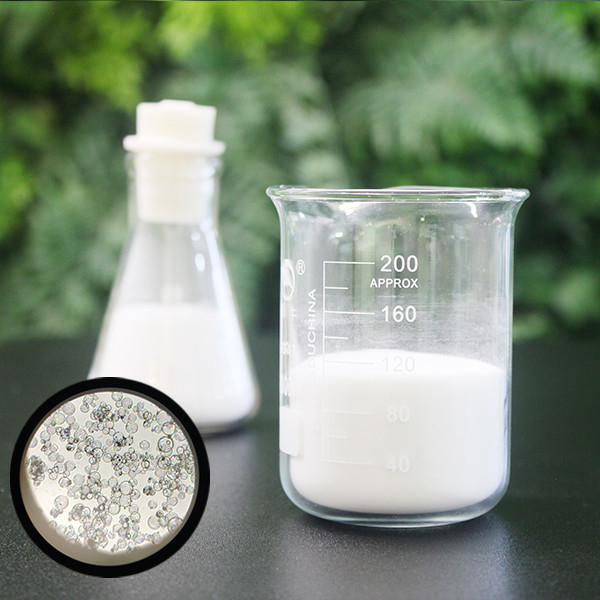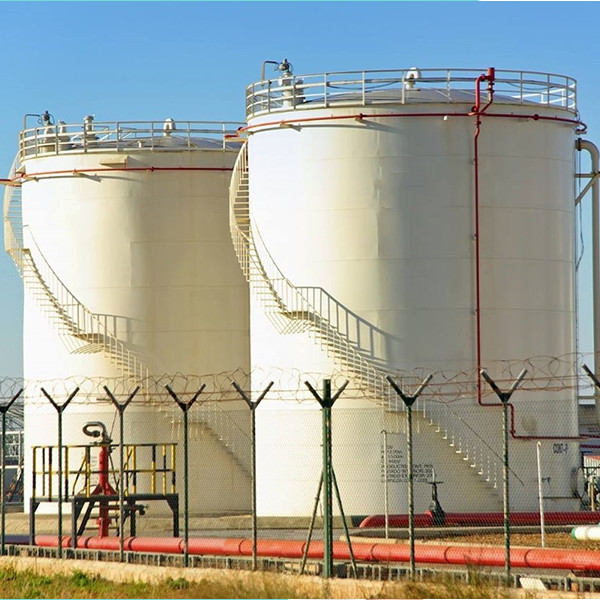HN32HS Glass Microspheres - Thermal Insulation Materials
Product Specifications
| Attribute |
Value |
| Product Name |
HN32HS Glass Microspheres |
| Application |
Construction, Rubber, Ocean |
| Diameter |
25-75µm |
| Density |
0.15-1.0 g/cm³ |
| Compressive Strength |
2000 psi |
| Chemical Composition |
SiO2, Na2O, CaO, MgO, Al2O3 |
| Color |
White or transparent |
| True Density |
0.314-0.326 |
| Bulk Density |
0.15-0.18 |
| Dielectric Constant |
1.2-2.2 (100MHZ) |
| Thermal Conductivity |
0.108 |
Product Description
Thermal insulation materials are used to reduce heat transfer between surfaces or environments. These materials are commonly used in buildings, industrial equipment, and other applications where temperature control is important.
Hollow glass bubbles can be added to thermal insulation materials to improve their thermal insulation properties. The low thermal conductivity of the bubbles reduces heat transfer through the insulation material, resulting in improved performance. The high compressive strength also provides structural support, increasing durability.

Applications
- Refrigeration and cold storage: Maintains consistent temperatures, reduces energy costs, and improves equipment lifespan
- Industrial insulation: Used for pipes, tanks, and equipment to maintain temperatures, reduce energy costs, and improve safety
Technical Specifications
| Model |
True Density (g/cm³) |
Bulk Density (g/cm³) |
Compressive Strength (psi) |
Diameter (µm) |
| HN32HS |
0.30-0.34 |
0.15-0.18 |
2000 |
25-80 |
Product Advantages
- Excellent thermal insulation properties
- Reduces power consumption
- Lightweight filler with high strength
- Improves chemical resistance
Why Choose Our Glass Microspheres?
- Specialized in manufacturing Hollow Glass Bubbles for over 20 years
- Rank among the largest HGB manufacturers globally
- Guaranteed product quality with strict density and strength controls
- Consistent product performance and reliability
Frequently Asked Questions
Can you tell me more about packaging options for HGBs?
We offer carton and ton bag packaging options with dimensions based on model and density. Custom packaging solutions are available upon request.
What are the company's achievements in the HGB field?
Founded in 2011 with government-backed research, we've achieved significant technological breakthroughs and been recognized as a "High-Tech Enterprise" and "Outstanding Enterprise in Shanxi province." Our products are used in major national projects.
What safety precautions should be taken when handling HGBs?
Work in well-ventilated areas, handle packages gently to minimize dust, and use protective equipment if sensitive to dust. Store in cool, dry places away from direct sunlight.
What are the advantages of using hollow glass bubbles?
They enhance thermal insulation, improve fluidity and stiffness, increase strength endurance, and provide better chemical resistance while reducing weight.
What are common applications of hollow glass bubbles?
Widely used in aerospace, rubber, plastic, marine, and construction industries as lightweight fillers that improve performance and reduce production costs.
What is the density and size range of your HGBs?
Density ranges from 0.11-0.606 g/cm³ with sizes from 10-115µm, varying by application requirements.
Are your products environmentally friendly?
Yes, made from natural sand, recyclable, and produced with environmental responsibility throughout our manufacturing process.
Can HGBs be used in 3D printing?
Yes, they reduce weight and improve strength in 3D printing materials while enhancing printability and reducing warping.
Can HGBs be used in concrete?
Yes, as lightweight aggregates they reduce concrete weight while improving thermal insulation, fire resistance, workability, and durability.
What is your annual production capacity?
Currently 15,000 tonnes annually, expanding to over 35,000 tonnes by 2026 with our second production line.
How should HGBs be stored?
Store in dry, cool, dark areas away from moisture and direct sunlight. Keep packages tightly sealed to prevent particle emission.

 Your message must be between 20-3,000 characters!
Your message must be between 20-3,000 characters! Please check your E-mail!
Please check your E-mail!  Your message must be between 20-3,000 characters!
Your message must be between 20-3,000 characters! Please check your E-mail!
Please check your E-mail! 


